Chemical treatment, for example of metallic materials, using suitable solutions. The pickling solutions are usually acids or alkalines that trigger surface abrasion via an etching process. This effect is frequently assisted via connection to a current, i.e. “electrolytic pickling”. The method is usually used as a pre-treatment (activation) for galvanotechnical processes to remove old metal or oxide layers from the surface (e.g. scales).
Advantages
The roughening of the surface achieved with the pickling process improves the adhesion of subsequent coatings or adhesives. A more matt surface appearance can also be achieved in this way.
Special application
caustic blueing of brass (Cu/Zn alloys): In this process, conversion layers of various copper compounds are formed on the surface of brass components by immersing them in an appropriate chemical dye solution. The surfaces appear dark blue and are less reflective.




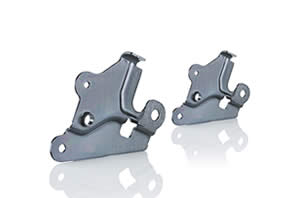
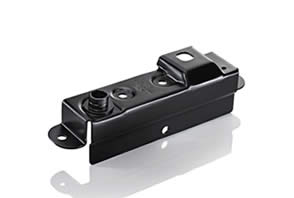

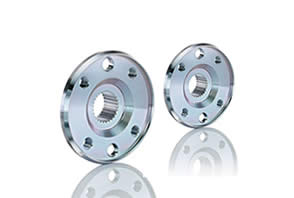
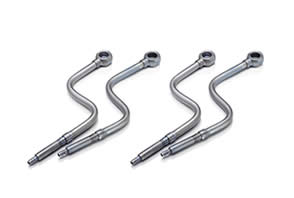
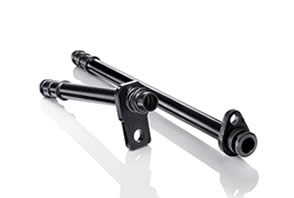
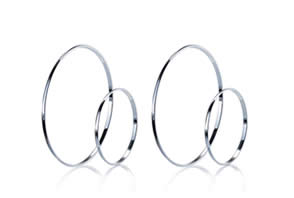
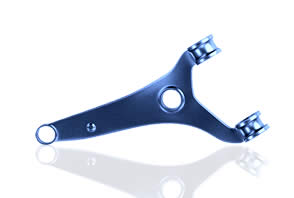
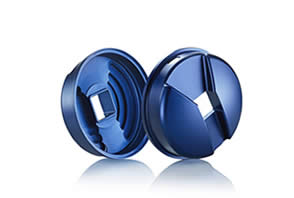
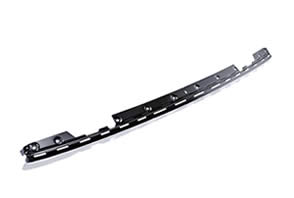
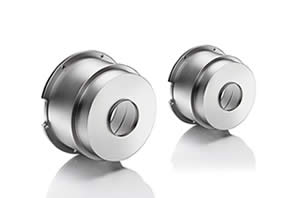
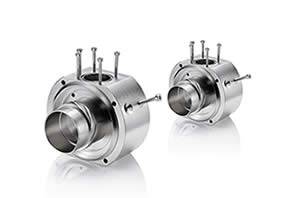
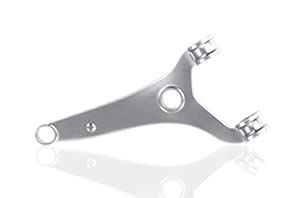

 Holzapfel Group
Holzapfel Group YouTube
YouTube